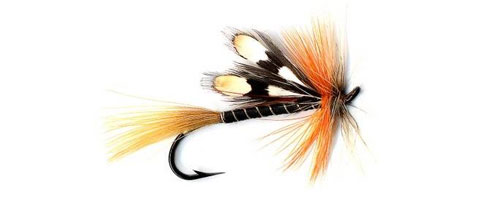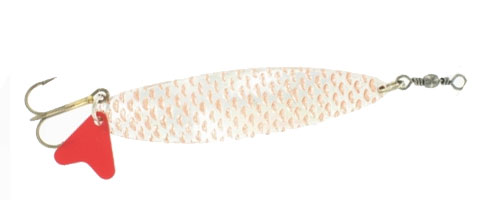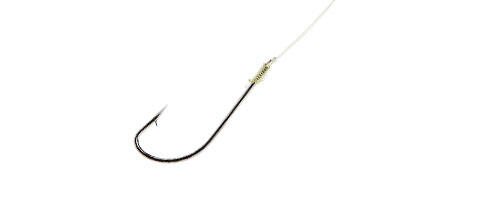

You can choose to fish using float fishing, spinning, or fly fishing techniques. You will also have access to the tourist reserves of Varallo, Alagna, and Scopello, which are conveniently located and easily accessible. Wardens and volunteers from the Society are available to provide information and advice.

It is listed in Annex II of Directive 92/43/EEC. On the Red List of Freshwater Fish in Italy, it is considered "endangered." It is found in the waters managed by SVPS, especially in the Sesia River from Varallo to Campertogno, as well as in the Mastallone and Sermenza streams. There is also an abundance of hybrids between Brown Trout and Marble Trout which can reach over a meter in length and weigh up to 10 kilograms.

European species (Atlantic and Mediterranean strain). It is the dominant salmonid in SVPS waters, abundant in the Sesia River, streams, and alpine lakes (valleys: Vogna, Artogna, Sorba, and Gronda). It can reach a length of 50 centimetres and weigh up to 3 kilograms.

Species native to the western side of North America. It is found in the SVPS waters in the Sesia River, as well as in some streams and high-altitude lakes. It can reach a length of 50 centimetres and exceed 3 kilograms in weight.

Species listed in Annex V of Directive 92/43/EEC and Annex III of the Bern Convention. On the Red List of Freshwater Fish in Italy, it is considered "endangered." In SVPS waters, only native grayling of the Padano strain are present, from Quarona to Campertogno. It can reach a length of 50 centimetres and exceed 1 kilogram in weight.

Species native to North America. In SVPS waters, it is found in the alpine lakes of the Vogna, Artogna, Sorba, and Gronda valleys, and sporadically in some streams. It can reach a length of 40 centimetres and exceed 1.5 kilograms in weight.

Native species in Italy and found in the Alpine region of Trentino-Alto Adige. It was introduced to Piemonte in the early 20th century. They are sporadically found in SVPS waters (alpine lakes). It can reach a length of 40 centimetres and weigh up to 1.5 kilograms.

Whether using the Valsesiana or English technique, fly fishing is a year-round activity, as long as the angler pays attention to the hatching of insects, from the tiny ones to the more conspicuous ones, and takes inspiration from them to choose which fly to cast on the water. The summer and autumn months are certainly more suitable for this type of fishing. However, it depends on the fish's activity. With clear water and warm days, the best hours may be in the evening.

The most productive technique when the water temperature is no longer that of spring thaw and when the activity of the trout is more pronounced. With spinning, you can also target large marble trout in veiled or high water conditions, or when the "queen" is on the hunt. In the streams, as you go upstream, during the summer and autumn months, catching brown trout and rainbow trout is possible even in clear water. This can be achieved using small-sized and variably coloured lures that mimic the small prey that fall or live in those environments.

The river, Valsesian streams, and alpine lakes, with their variety and uniqueness, allow for float fishing using appropriate weights based on the water speed, depth, and bottom characteristics. The classic worm, available in different sizes depending on the expected catches, is the go-to bait. Additionally, delicate honeydew worms and insects found at the fishing location can be used as enticing offerings on the hook to catch marble trout, brown trout, rainbow trout, and brook trout throughout the season.